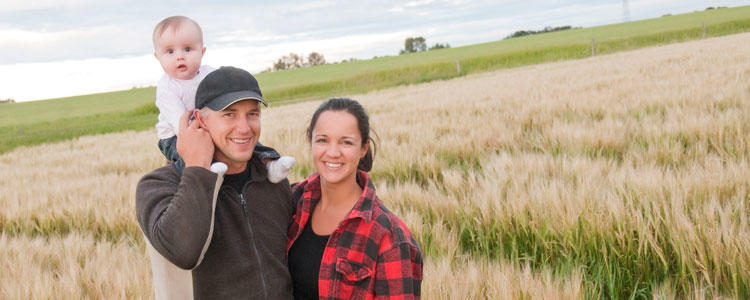Over the past few years, U.S. agriculture has seen more women coming back to join their family farms. “Women have realized it takes brains, not brawn, to run a profitable farming operation,” says Jeanne Bernick, KCoe family business consultant . “We are seeing more interest from women in the next generation of family business operators asking about the skills and financial knowledge they need to grow their business to the next level. These women in ag are often leaving six-figure corporate jobs to come back to a rural community and family business to raise their own kids.”
The number of women managing or operating farms and ranches has increased, while the number of male producers declined 1.7%, compared to 2012. Coupled with this, more women than ever are involved in other agricultural careers or studying agriculture in post-secondary institutions, according to a survey by Annie’s Project and Farm Credit.
“The biggest shift is women continuing to own farmland after a death or divorce or dissolution from their spouse,” says Bernick.
One out of every four acres of Iowa farmland is owned by a woman over 65, according to Iowa State University.
Women’s issues on the farm center on landlord relationships, leasing agreements and other estate tax issues related to land ownership. As far as principal farm owners, the numbers nationwide highlight a focus on smaller operations, principally vegetable and agritourist operations. Ninety-eight percent of women owned farms have less than $250,000 in sales, according to USDA.
Despite the growth in women coming back to the farm, women producers remain underserved by traditionally male-dominated farm meetings. Most women are looking for resources related to organization growing pains, commodity marketing knowledge and human resources.
As a result, many state and regional support networks offer women opportunities to work together, share concerns and strengthen their farm-family role. A larger knowledge base and stronger interpersonal relationship skills can make the difference between success and letdown for women farmers.






